The Truro murders: Detective tells how police cracked Christopher Worrell, James Miller serial killers case
WHEN the young women and girls went missing no one thought their disappearances suspicious, let alone connected them — even after the first body was found.
True Crime
Don't miss out on the headlines from True Crime. Followed categories will be added to My News.
WHEN bushwalkers found a skeleton in the scrub north of Adelaide in 1978, there was little hint of the horrors to come.
It wasn't until a year after the remains of Veronica Knight were found that a second skeleton was recovered in the same paddock off Swamp Road, near Truro, and police realised they had a killer on their hands.
Soon they would discover there were two men involved in the murders of seven young women and teenage girls over a seven-week period, but one was already dead.
In the weeks before the second man, James William Miller, died from terminal cancer in 2008, the detective who hunted him down told NIGEL HUNT the murderer deserved no sympathy.
GLEN Lawrie recalled walking through the scrub at Truro on a chilly May night in 1979 as if it were only yesterday.
Beside him was James Miller.
In pitch-black darkness the man he had arrested earlier that day led him directly to the skeletal remains of 15-year-old student Julie Mykyta.
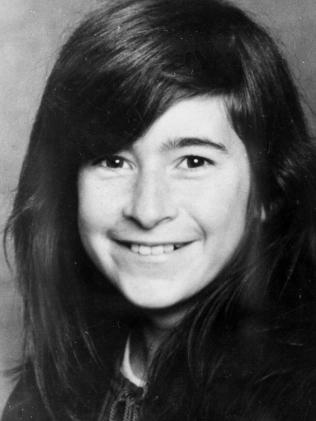
For Lawrie, then a 36-year-old sergeant in the Major Crime Squad, it was the moment he knew Miller was lying.
There was no way he could have found the remains, hidden under a tree, if he were not directly involved in her murder.
"He had told us in the interview a few hours earlier that he walked into the bush while his male partner killed the girls; he said he was only the driver," Lawrie said.
"But it was just inconceivable that he could find this spot off a dirt track, in the dark, and then walk us to her if he was not directly involved."
City of Evil: Lesbian prostitute’s chilling confession in transvestite killing
True Crime Australia: Inside the mind of a teenage killer
The only part of his story that was true was that his accomplice and homosexual lover, Christopher Worrell, 23, died in a car accident in the South East on February 19, 1977 — a week after the final killing.
Miller's version of his role in the seven Truro murders was also discounted by a Supreme Court jury. A year later, in March 1980, he was sentenced to life behind bars after being convicted of six of the seven murders he was charged with.

In 2000, the Supreme Court set a non-parole period of 35 years. While Miller, 67, was eligible for parole in 2014, his terminal cancer thwarted that.
After spending a week in the Royal Adelaide Hospital, the convicted killer was moved back to Yatala jail's infirmary where he remained until his death in October 2008.
When he spoke to the Sunday Mail that year, Lawrie was long retired from SAPOL (SA Police), but still had the razor-sharp memory that helped him become one of South Australia's most respected homicide detectives.
He recalled being assigned the file on a skeleton found by bushwalkers near Truro on Easter Sunday, 1979.
It was the second skeleton found in the same paddock — the remains of missing woman Veronica Knight, 18, had been found a year earlier by a man looking for mushrooms.
That discovery was written off at the time by senior police as not suspicious.

Lawrie said he expected the second skeleton to be the remains of Julie Mykyta — another recorded missing person — and he was surprised when forensic odontologist Dr Ken Brown told him otherwise.
When told the remains belonged Sylvia Pittman, yet another missing girl, he said he went directly to the missing persons' unit and started trawling through its files.
He had a hunch there would be others.
It took him just 30 minutes to find the files of another four young women who had all vanished in the same seven-week period between December 23, 1976, and February 12, 1977.
The files were marked "voluntary absent", but to Lawrie that seemed unlikely.
Such was the disorganised state of the unit at the time, because of management decisions made in the preceding years, the pattern of disappearances was not picked up..
When Lawrie alerted his superiors to what he had found, the largest murder investigation in the state's history was launched.
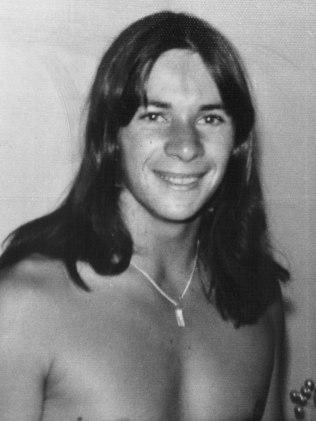
Seven young women had been murdered in seven weeks — and the culprit was still free.
The victims were Veronica Knight, 18, Tania Kenny, 15, Julie Mykyta, 15, Sylvia Pittman, 16, Vicki Howell, 26, Connie Iordanides, 16 and Deborah Lamb, 20.
While Lawrie and his partner, Senior Constable Peter Foster, were confident all seven deaths were connected, they were at a loss to explain why they had suddenly stopped.
The pair decided to examine all sudden death files from the date of the last abduction — including suicides and road fatalities.
That's where Christopher Worrell's name first came to notice, along with that of Miller, who was also in the car when the accident that claimed the lives of Worrell and a female friend occurred.
Their names had also come up when prisoner release lists for the period before the first abduction were examined.
While this was a good start, the best intelligence came in a phone call a short time later to the major crime office from a female who provided details of a man called "Jamie" who had told a friend of hers about some of Worrell's activities.
Lawrie and Foster spent several weeks investigating Miller's background after finally locating the woman who had had the cryptic conversation with him.
It turned out the conversation occurred the day of Worrell's funeral when Miller told the woman she did not know of his "dark side".
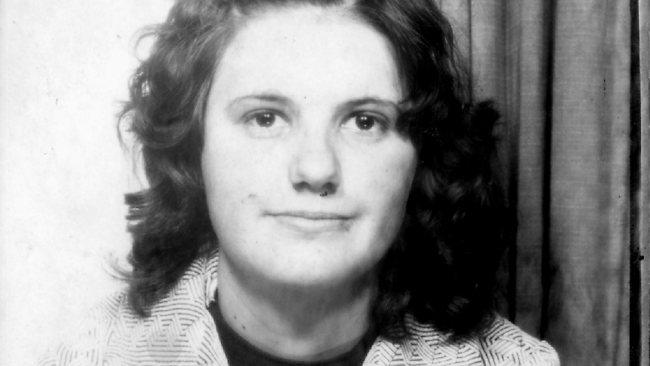
When Lawrie and Foster believed they had enough to arrest Miller, they moved in as he arrived to collect a dole payment in Gouger St, Adelaide.
"He said he was sort of expecting it," Lawrie said. "He said he had been following the publicity and sort of knew his time was up."
In the initial stages of the interview, Miller gave nothing away, denied everything.
Then, slowly but surely, he opened up and told Lawrie and Foster everything — putting the blame squarely on Worrell.
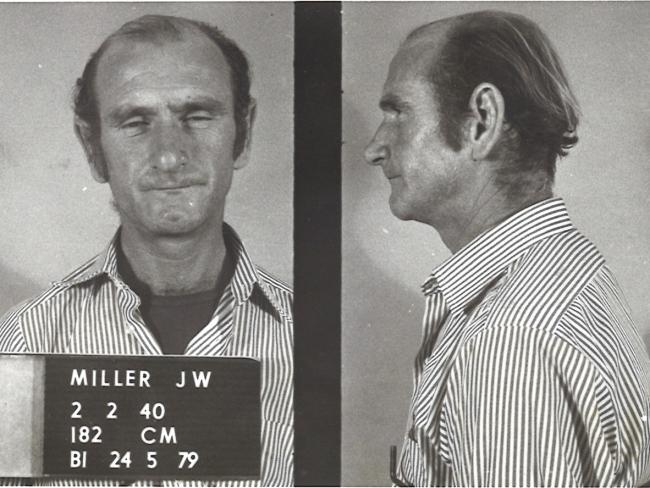
Miller said he was simply the driver and left Worrell and the girls alone after driving them to Truro.
That night and the next day he helped Lawrie and Foster locate more skeletal remains at Truro and Port Gawler — where Deborah Lamb's remains were found.
Lawrie did not believe for a second Miller was just "a chauffeur" for Worrell.
He firmly believed Miller — a powerful man — was the dominant personality in their murderous partnership that had its genesis in Yatala Labour Prison when Miller was sexually abusing the submissive Worrell.
During their interview and subsequent time spent locating the victims' remains, Lawrie and Miller had many "off-the-record" conversations.
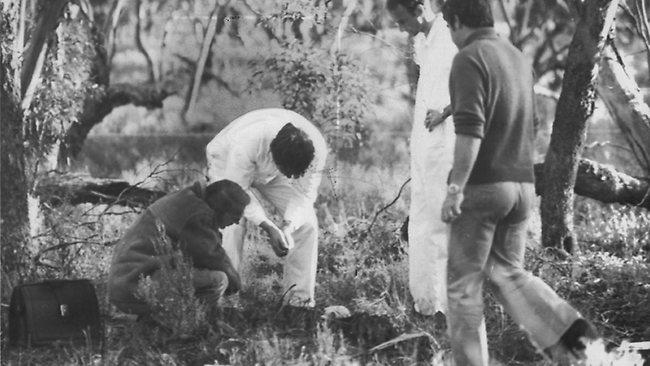
It was in one of these, Lawrie said, Miller opened up to him and all but admitted his active role.
"He intimated to me they (Miller and Worrell) had formed a pact and that was there would be no survivors to identify them," Lawrie said.
That pact followed previous experiences for both that landed them in Yatala simultaneously.
Miller was serving a sentence for the abduction and rape of a 14-year-old boy and Worrell for the abduction and rape of a young woman.
Clearly, they were determined not to make the same mistakes again by letting their victims identify them.
Lawrie also said he firmly believed the killing spree would have continued if Worrell had not been killed in the car accident in 1977.
"It had turned into a killing frenzy," Lawrie said. "They were on a rampage — no way would they have stopped."
Lawrie said because of the scope of Miller's crimes — and, more importantly, his lack of contrition — he believed Miller should never have been given the opportunity for parole.
"Even on his deathbed he has offered no form of remorse, not even an apology," he said.
"He deserves no sympathy."
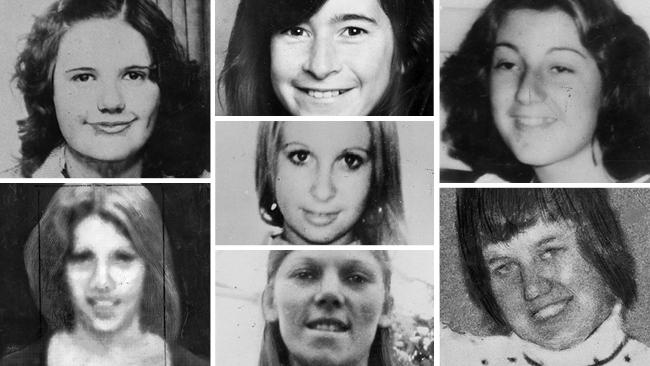
- This is an edited version of a story first published in the Sunday Mail in 2008


